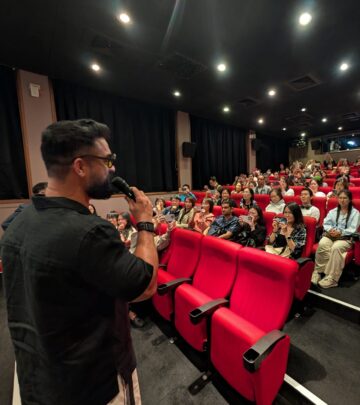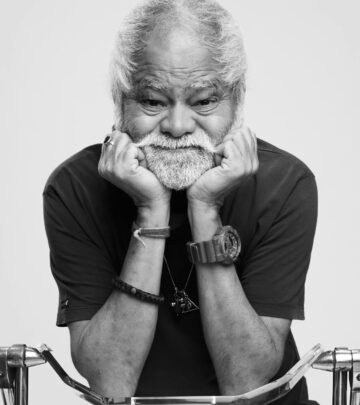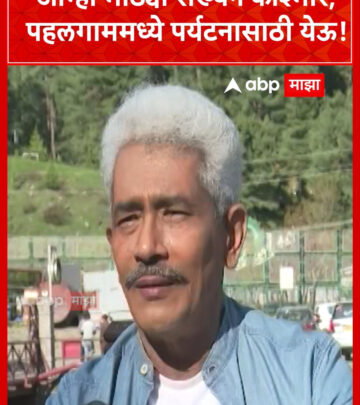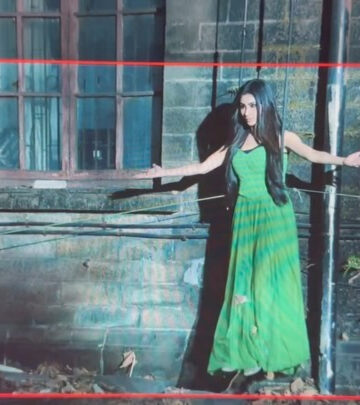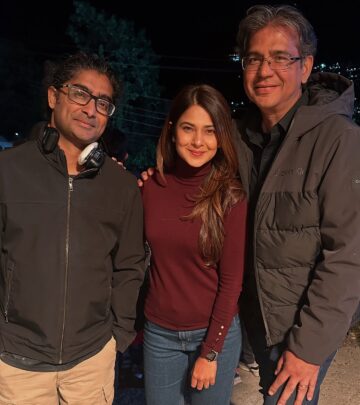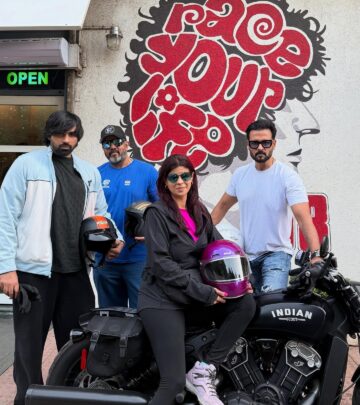Puneet Issar Reveals The Story Behind Border’s Most Powerful Scene ‘Chidiya Naal Je Baaz Ladawan’
Veteran actor shares emotional backstory of the iconic patriotic moment from JP Dutta's classic

Image: Instagram
In a recent podcast appearance, veteran actor Puneet Issar has shared the fascinating backstory of one of Indian cinema’s most powerful patriotic moments from the 1997 war film Border. The scene featuring the iconic dialogue “Chidiya Naal Je Baaz Ladawan” has remained etched in the minds of audiences for decades.
The revelation comes from a video clip shared on Instagram, where the podcast studio tags the actor. Here, Issar discusses the emotional gravitas behind the scenes that helped define JP Dutta’s classic war film.
The Powerful Scene That Defined Border
For those unfamiliar with the scene, it features a powerful moment where Issar’s character delivers the emotionally charged Punjabi dialogue “Chidiya Naal Je Baaz Ladawan” (When a sparrow fights with a hawk), which became one of the most memorable patriotic sequences in the film. The dialogue encapsulates the spirit of Indian soldiers facing overwhelming odds against the enemy during the 1971 Indo-Pak war.
In the podcast clip, Issar discusses the creative process behind filming this iconic scene and what made it resonate deeply with audiences. The actor revealed intricate details about how the scene was conceptualized, shot, and the emotional state required to deliver such impactful dialogue.
Puneet Issar has had a diverse career spanning decades in Indian cinema and television. While younger audiences might recognize him from films like Partner (2007) where he worked alongside Salman Khan and Govinda, he remains most widely known for his portrayal of Duryodhan in B.R. Chopra’s television epic Mahabharat.
The Enduring Legacy Of Mahabharat
While Border remains one of his significant film appearances, Issar’s portrayal of Duryodhan in B.R. Chopra’s Mahabharat holds a special place in Indian television history. In a recent podcast appearance, he discussed why the original Mahabharat still resonates with audiences decades later.
“From shooting with 2000+ artists on real locations to calling TV an idiot box, he shares why shows like Mahabharat & Ramayan still live on,” reads the caption of the post highlighting his insights into the production values that made the series timeless.
Perspectives On Modern Cinema
Issar has also been vocal about the changing landscape of Indian cinema. In a recent podcast, he discussed why mass-appeal films like Pushpa and Animal are finding commercial success while films like Chandigarh Kare Aashiqui struggle to connect with audiences. He offers perspective on whether Bollywood might have been premature with certain progressive content themes.
For fans of classic Indian war films, Issar’s revelations about Border provide valuable insights into the making of one of Indian cinema’s most patriotic films. His detailed account of the “Chidiya Naal Je Baaz Ladawan” scene adds another layer of appreciation for a moment that continues to evoke strong emotions among viewers.
Read full bio of Cynthia Jean Daniel








